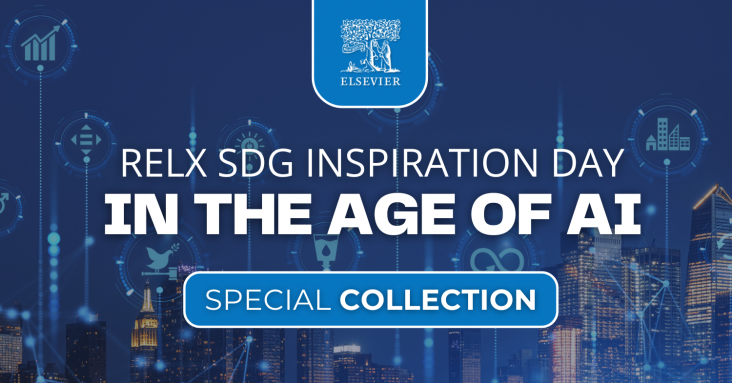Protect, restore and promote sustainable use of terrestrial ecosystems, sustainably manage forests, combat desertification, and halt and reverse land degradation and halt biodiversity loss
This chapter aligns with several SDG goals. Goal 3: Good Health and Well-Being: the chapter discusses the poor health status and health disparities faced by Indigenous populations globally (higher rates of infant mortality, maternal mortality, malnutrition etc.) and advocates for targeted policy responses and improved access to healthcare services. Goal 10: the chapter discusses the social, economic, and political marginalization of Indigenous peoples worldwide, describing how Indigenous communities are often denied self-determination, face ongoing loss of land and resources, and experience systemic discrimination. Goal 15: Life on Land: the chapter discusses the close relationship between the health of Indigenous peoples and the health of their traditional lands and ecosystems. It highlights the importance of biodiversity conservation and the need to recognize the rights of Indigenous communities to their ancestral territories and natural resources.



